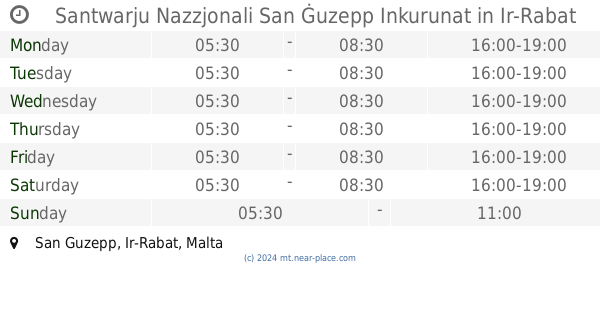closed
🕗 opening times
| Monday | - | |||||
| Tuesday | - | |||||
| Wednesday | - | |||||
| Thursday | - | |||||
| Friday | - | |||||
| Saturday | - | |||||
| Sunday | closed | |||||
Sankt Paul Square, Mdina RBT 12, Malta
contacts phone: +356 2145 6620
website: www.metropolitanchapter.com
larger map & directionsLatitude: 35.8863599, Longitude: 14.4037977


Andre Guelmann
::Incredibly beautiful, take your time to get to know this place!
Kush Ratna
::Beautiful stunning stuff
HereAndThereWith PatAndBob
::One approaches Mdina across low lying fields. Looking up to the hilltop, one first sees the great walls enclosing the city. Looming over the top of those walls, one then sees the dome of Mdina’s famous cathedral – St Paul’s. St Paul is the patron saint of Malta. This magnificent dome, with its red and white stripes, dominates the skyline. Unlike the rest of the Mdina, St Paul’s Cathedral is not that old. The original cathedral was destroyed by an earthquake in 1693. The present cathedral was built between 1697 and 1702. The cathedral stands on the site of the house of Publius, the Roman governor of the island nearly 2000 years ago. It is claimed in the New Testament that St Paul was shipwrecked on Malta for three months and that, during that time, he converted Publius to Christiantity. As one would expect, the interior of the cathedral is also spectacular and contains many of the works of art that survived the earthquake. Mdina was for many years the capital of Malta. The walls were built on the hilltop in about 1000 BC. The area inside the walls was named “Malet”, which means place of shelter. Then the Romans arrived and renamed the city “Melita”. By 900 AD, the Arabs had taken over and called the city “Mdina”, which is Arabic for “walled city”. By the year 1250, the Arabs had been expelled from Malta, but the name “Mdina” was retained. Under Christian rule, Mdina continued as the capital of the island. The ruling elite lived there and built their palaces within the city walls. It’s fortunate for them that they did, because for hundreds of years, the island suffered from pirate and Muslim invasions. Mdina itself was under siege from the Moors in 1429 and the Turks in 1551. In both cases, those great walls enabled the defenders to withstand the siege. But times were changing.
Kyle Farrugia
::Very nice cathedral.
Christian Chelu
::It is like most cathedrals on Malta. You can enter if you visit the museum nearby, otherwise it is not worth paying the entrance.